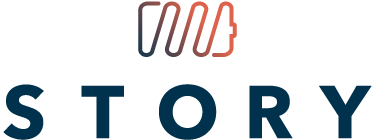But does it really work?

On the top level of the STORY model, there are forecast and optimization models running – predicting the near future and optimizing storage usage against expected energy consumption, local weather forecast and spot prices. These results are then fed back to the STORY platform, so they can be compared against the real measurements as they become available. This allows the project both to check the results of the models and to compare different models – how do they behave in general, how do they compare against each other etc. The work is still ongoing, but the models are already running with real data for the Oud-Heverlee case. As can be seen, the forecast and results correlate pretty well even on single household level, so aggregated values over the neighbourhood should provide a reliable and flexible tool for energy market.


